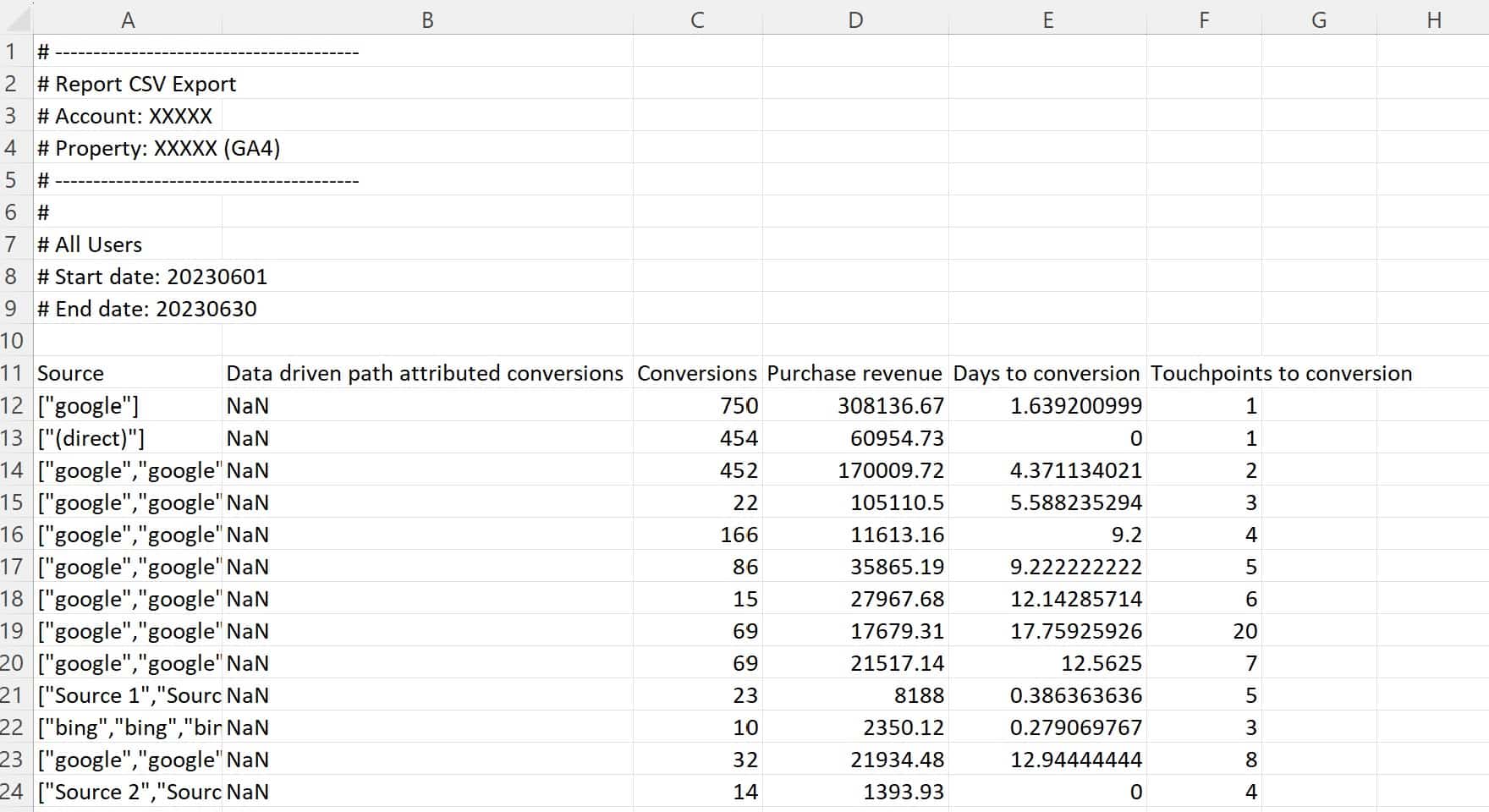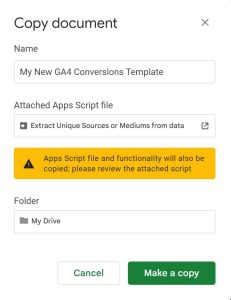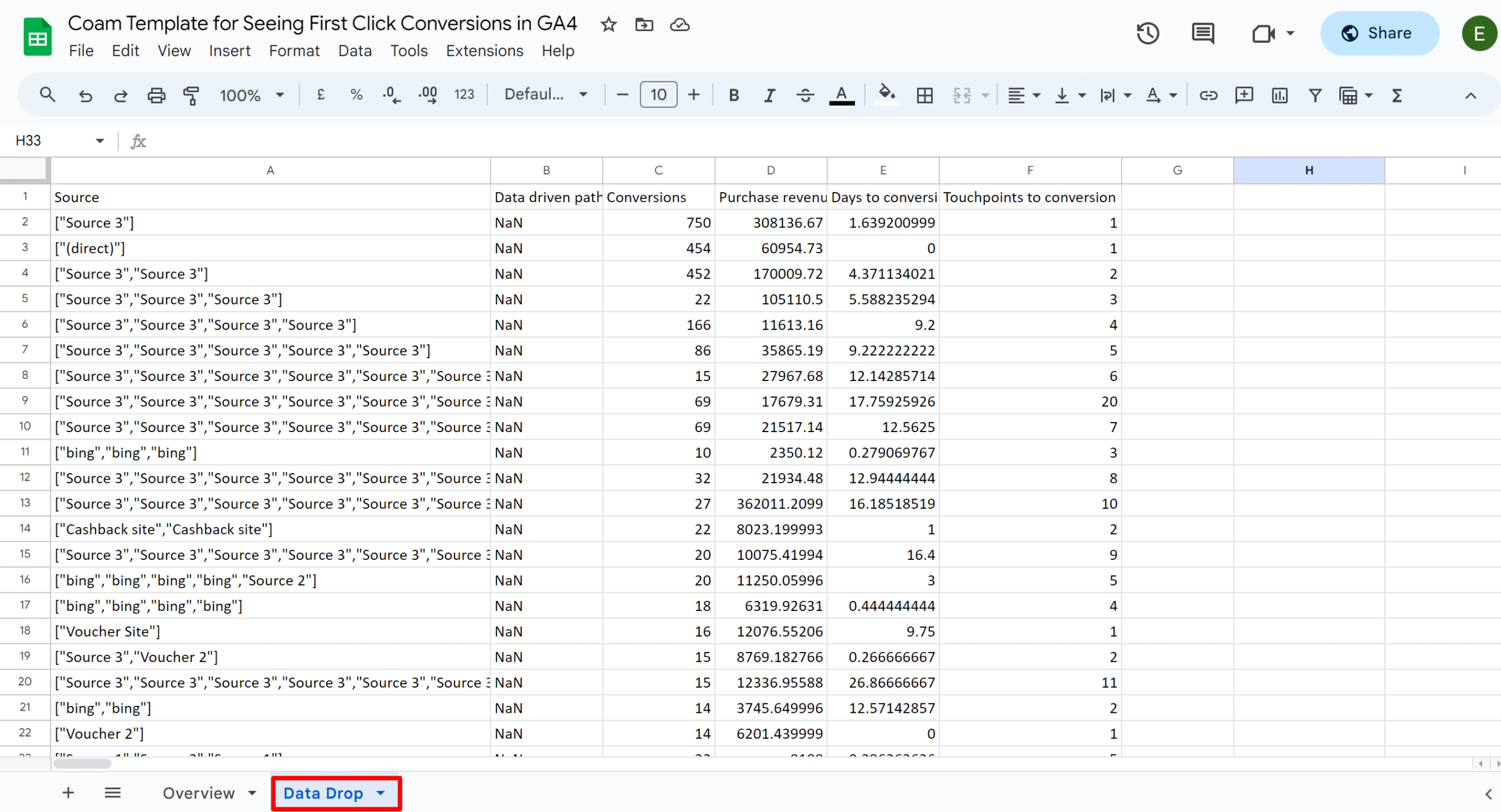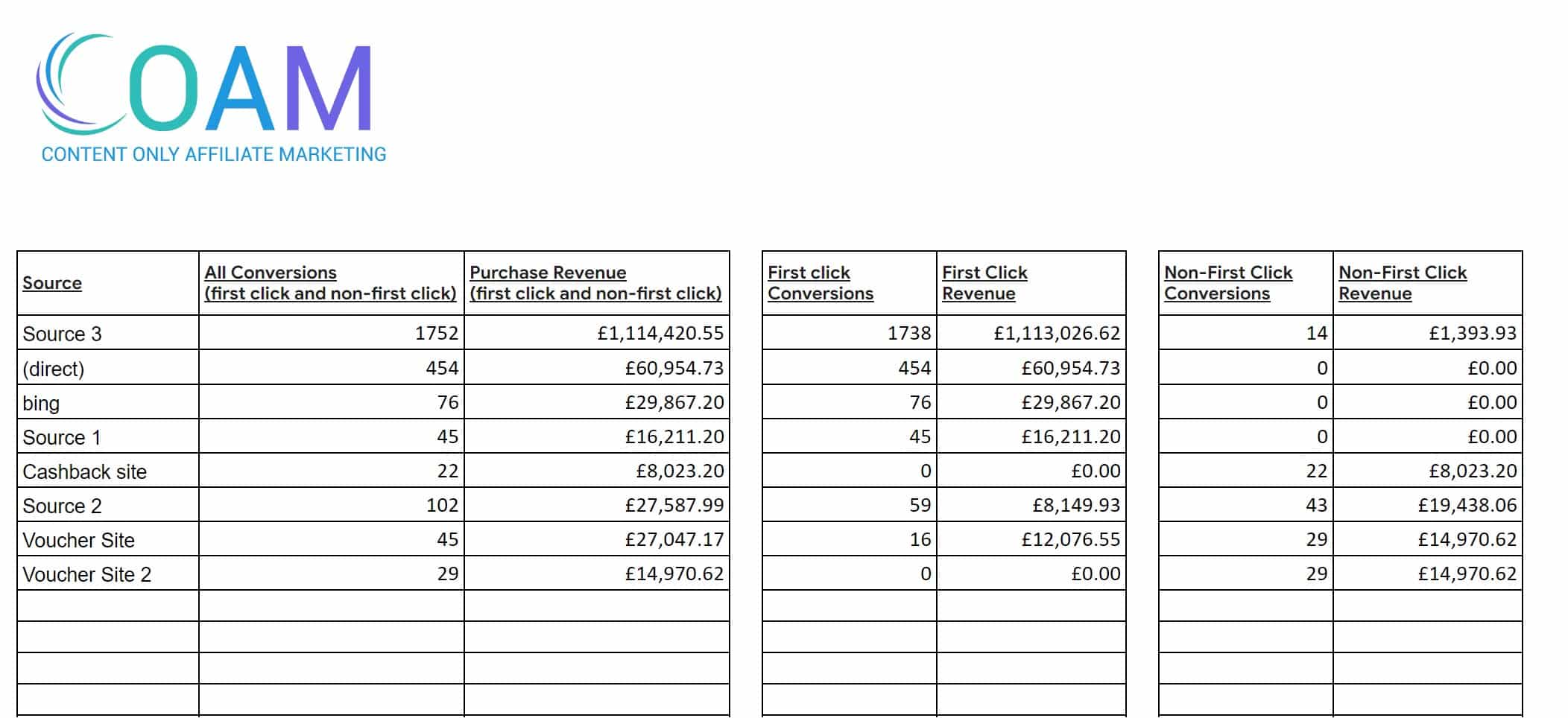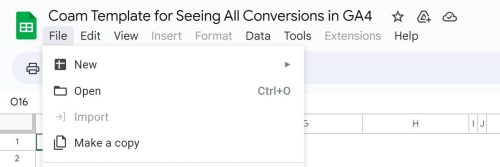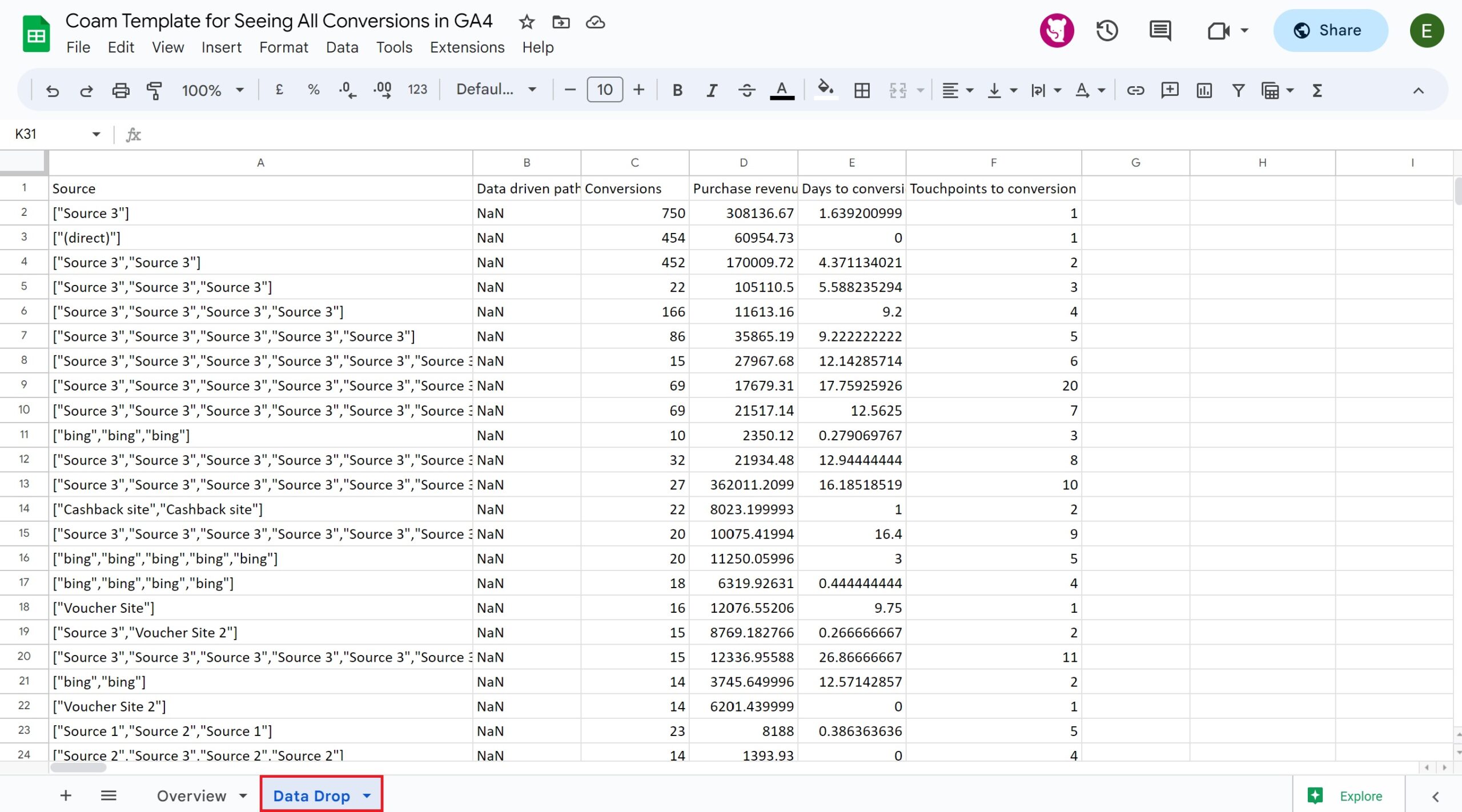In today’s digital world, there’s a special reverence held for commerce content but for anyone trying their hand at engaging with affiliate sites that rank well for relevant search terms in their sector, it can be a confusing, humbling and sometimes infuriating experience. You can have the best product in your sector but if you don’t know who to send it to, which sites require payment for their editor’s time and which sites simply need a link to your affiliate program, you can waste hours of your own time as well as theirs.
Table of Contents
Definitions used in commerce content
Before we get into the different types of sites, let’s first start with a few definitions that will prove useful for the rest of this article:
Content commerce (in this context) refers to the creation of content by affiliate sites designed to rank well in search engine results for specific keywords. These keywords are typically those that potential customers use when researching products to purchase. The content often includes product reviews, buying guides, and comparisons, aimed at guiding the customer’s purchasing decisions.
Mass media, as referred to here, are major content creators. They are known for a wide variety of lifestyle & specialised publications. These organisations typically work in both print and digital mediums and their content creation involves multiple editors, both in-house and freelance. Additionally, they have a distinct commercial team which focuses on monetising the content after it’s produced.
Niche sites refer to smaller-scale, independently operated online platforms sometimes run by at most, a handful of contributors. These sites are focused on specific interest areas or niches, ranging from hobbyist topics to specialised industry insights. The content creator typically wears multiple hats, handling everything from content production to marketing, commercialisation and site maintenance.
ROAS is defined as return on ad spend. It encompasses all the money you have spent on an advertising campaign (usually a mixture of fixed fees and commission fees) and relates it to the amount of revenue you have derived from the campaign. It’s usually written as a figure such as £3.12 (revenue) for every £1 spent.
With these definitions out the way, let’s cover off what steps you should take in order to give you and your content partners the best chance of success.
How to successfully prepare your affiliate program for content sites
The first and most important part of engaging content sites is to have a genuinely good product. If you don’t have the kind of product that would impress someone who has taken a thorough look at its quality, how it works and what features it has, you are probably best off using another channel.
The second part of having an affiliate program that’s attractive to content sites is to create an ecosystem where they can thrive. This means separating the tracking of your content based activity from everything else; don’t have them compete on a last click basis with last click specialists (like cashback and voucher). Content sites should have their own deduping rules, their own commission structure and you should feel obligated to reward them for every part they play in making a sale happen, regardless of whether the sale had a final touchpoint with a different channel or partner. Content commerce sites influence a consumer looking at a broad set of products similar to yours, to now exclusively looking at your brand and your product. That is worthy of reward, no matter what follows (even if the consumer returns the product at a later date).
The third part of attracting content sites to your affiliate program is to set your expectations sensibly:
- Similar to paid search or paid social, expect a return on ad spend of around £2 or £3 per £1 spent.
- The affiliate channel may have given you the unrealistic expectation that you should expect ‘returns’ of £10 or even £15 per £1 spent.This only happens when consumers were more than likely about to buy from you anyway.
- Prepare to pay up front. Content sites that rank well in your sector will be in high demand. No other marketing channel is as successful at swaying a consumer to buy specifically from you at a time when they’re researching with your competitors.
- Play the long game. Whilst upfront costs of £1200+ look intimidating, these campaigns are a long term play. Most bookings last for 1-2yrs, meaning it’s just £50-£100 a month to feature on a site that ranks #1 or #2 for buying guides in your sector. Suddenly, those costs are easier to justify with a long term outlook.
The fourth and final part to succeeding with content sites is to do your research:
- Make sure at least 100 people per month search for phrases related to buying guides in your sector. Tools like Coam, ahrefs, similarweb and others can help here.
- Only pick the articles that are in positions 1-5 to try and feature in, unless the search volumes for buying guides in your sector exceed 2,000+ per month.
- Don’t be afraid to ask how frequently the rank of a particular article has changed in the last 3-6 months. Consistency is key!
- Don’t spend much budget on ‘new’ articles. A new article is like a lottery ticket, you’re really hoping that Google decides the article is worthy of being indexed and ranking well.
Now, with a clear understanding of how to set your program up for the best chance of success with content sites, let’s move on to how you can recognise and engage both mass media sites and niche sites.
Strategies for engaging and working with mass media sites
Mass media sites are often easy to recognise simply by their brand name but if you need an introduction, check out the biggest magazine publishers in the UK or this list of UK Newspapers. The advertising opportunities of these sites tend to be listed (on-site) and include things like buying impressions, paying for branded or story-based content all at a price that reaches 5-figures or more. The readily available opportunities of these publications are very much branding based, not content commerce and as such, fall outside the purview of this particular article. So how do you engage these sites when they’ve written an article about your sector and you believe your product deserves a spot?
The short answer is; it’s difficult! You can not buy the editor’s time and in most cases there is a strict divide between editorial and commercial influence. The best approach is to take note of the editor of the article you’re interested in and find a way of getting your product to them. The hope (but not guarantee) is that they re-write or update the relevant article in the future or that you get featured in other articles in the coming months. To reach a specific editor, Linkedin, hunter.io (for working out email addresses) or just sending your product directly to the publication’s head office are all approaches that have (and also have not!) worked in the past.
In a recent panel at PI Live Europe, I shared the stage with an employee of a mass media publisher, and the point was made that editors at mass media publishers research the sector/products they’re writing about and when doing so will sometimes visit smaller niche sites as part of that research. It gives rise to the idea that there can be a halo effect of featuring in niche sites that help a retailer to get picked up by mass media publishers too. This brings us nicely on to:
Strategies for engaging and working with niche sites
Niche sites can be most easily identified by their subject matter. These sites cater to specific, often smaller audiences with unique in-depth, detailed information about their subject. They offer expert opinions, thorough analysis of their market and accompanying products and their passion is what attracts an audience.
The divide between an independent editorial voice and commercial acumen is more fluid with niche content sites and it’s not uncommon to buy the time of the editor to review your products. What they then say is of course at their discretion but in my experience you always get a balanced view on the pros and cons of a product.
Demonstrating you have an openness to understanding and adopting their way of working is the best opening when engaging with niche sites as it shows you recognise how valuable they are and that you are prepared to pay them for their time which will help separate you from every other retailer vying for their attention.
A good way of improving your engagement rate with niche sites is to avoid talk of your affiliate program altogether. Instead, pointing out the articles you like and asking how you could be a part of them will curry favour. It’s important to realise the power dynamic is very different to traditional affiliate partners.
Most affiliate partners (especially last click specialists) want to feature every retailer possible but with niche sites, space exists exclusively for the select few. The level of competition means engagement comes at a cost and this is reflected in the graph below. Month one looks a bit scary when you realise that the up front fees have cost as much as the revenue the booking has delivered.

However, as we mentioned earlier, taking a long term view on the up front cost makes it easy to justify. It becomes clear over time that you’re turning on a steady stream of would-be consumers coming from generic searches like ‘best product for x,y,z’. The result is a trend towards more palatable ROAS (return on ad spend) rates which can go as high as £6-7 per £1 spent if you are running without deduplication against other affiliates or other channels.
Round up of strategies for growing content commerce through affiliate strategy
Concluding, the affiliate strategies you can employ to grow your commerce content:
With our plethora of information on how to use affiliate sites to grow your commerce content, let’s round up the key parts of what we’ve learned:
First, it’s important to have a great product. Be ready to invest some money and time upfront and be patient for results to develop over time. Secondly, researching the right keywords – the terms and phrases people are typing into search engines – is a crucial step.
Also, it’s important to manage the technical side, like making sure your content sites are not competing with other channels, least of all last-click specialists. Finally, tailor your approach depending on whether you’re trying to engage a mass media or a niche site and respect the set-up that they each adopt.
I hope you enjoyed reading our comprehensive guide and if you have any comments or other tips, feel free to leave us a note below!



